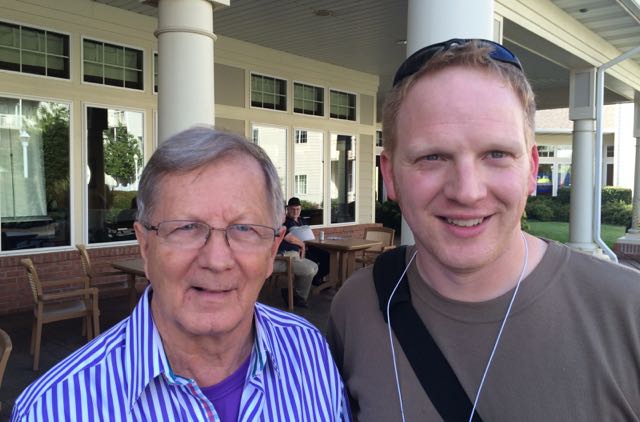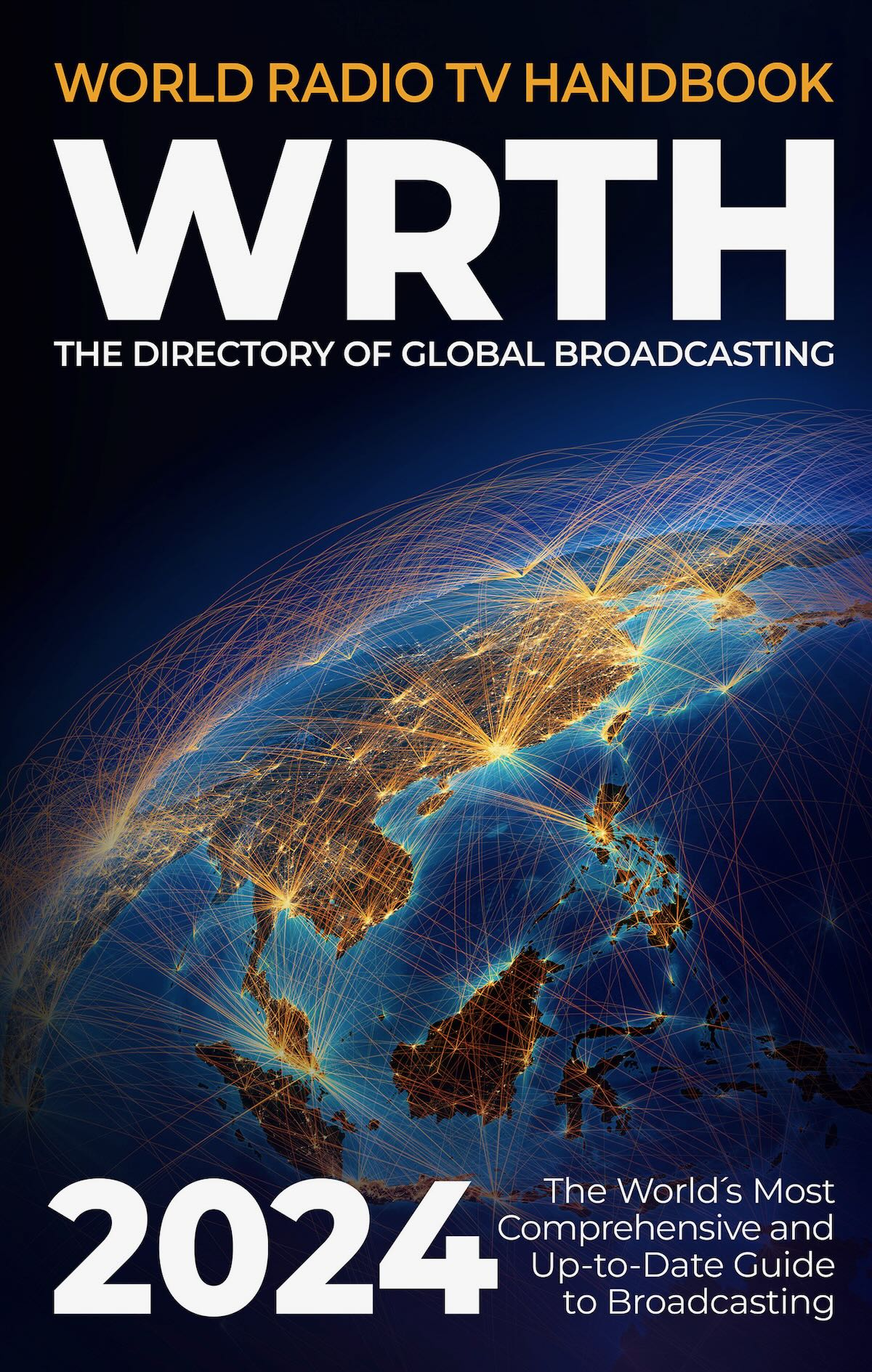
Bob Heil (left) and me, Thomas (right): Photo from 2015 when I was fortunate enough to spend a couple days with Bob Heil at a radio conference.
03/01/2024
The man who defined the sound of live rock ‘n’ roll music and brought audio engineering principals into mainstream amateur radio use, Dr. Bob Heil, K9EID, has passed away at the age of 83. He was an ARRL Life Member and in the ARRL Maxim Society. A Facebook post from Heil Ham Radio paid tribute to their founder: “Bob fought a valiant, yearlong battle with cancer, and passed peacefully surrounded by his family.”
Heil founded Heil Sound in 1966, through which he created the template for modern concert sound systems for musicians like the Grateful Dead, The Who, Joe Walsh, and Peter Frampton. The talk box used on iconic live record Frampton Comes Alive! was of Heil’s design. His audio engineering products have been featured in the Rock & Roll Hall of Fame, and he was honored in 2007 with the Parnelli Audio Innovator Award for his impact on the live sound industry. “My life has been about achieving great sound, whether on the concert stage or in the amateur radio world,” Bob Heil recounted in 2022. “I’ve watched Heil Sound go from a regional sound company to a world-class microphone manufacturer. This company has been my passion,” he said.
Parallel to his commercial and artistic success in live music, was his passion for amateur radio. He was active in ham radio from a young age and merged his expertise in audio engineering with his love for radio. Heil Ham Radio was founded to produce microphones, headsets, and other gear for radio amateurs with an emphasis on high-quality audio.
Heil was known as a mentor who enjoyed helping others find success in ham radio. Recently, his grandson Charlie Hartley, KF0OOP, became a licensed ham to surprise Heil for his birthday. The pair attended the ARRL Midwest Convention/Winterfest in St. Louis, Missouri, on January 27, 2024.
Heil was a generous donor to amateur radio organizations, including ARRL. Recently, he donated a host of new audio gear to the Hiram Percy Maxim Memorial Station, W1AW.
His generosity and kind nature will be missed by many, including ARRL Director of Development Kevin Beal, K8EAL. “Bob was a titan in many areas. He was generous with his time, offered keen insights, and had the heart of a philanthropist in the ARRL Maxim Society,” Beal said. “He was a gentleman to his core, making friends easily and everywhere he went, from rock stars to captains of industry. I consider it a real privilege to have become a friend to him, too, all because of amateur radio.”
Heil was known for his passion for AM operations. He served for many years as an on-camera host of the Ham Nation podcast. Tributes to Heil have been flooding social media, including from his co-hosts.
ARRL President Rick Roderick, K5UR, said Heil’s passing is a significant loss. “Bob Heil’s technical achievements that brought high-quality audio to amateur radio pale in comparison to his generosity and willingness to help his fellow ham. He’s long been known as someone eager to help mentor and teach. His legacy on our hobby will be long-lasting. Our thoughts are with his loved ones.”
Click here to read this article on the ARRL website.
Bob, you were a true radio ambassador, and we all benefitted from your enthusiasm and passion for decades to come. Thank you.
 Many thanks to SWLing Post contributor, David Iurescia, who shares the following article from Radio World:
Many thanks to SWLing Post contributor, David Iurescia, who shares the following article from Radio World: 






